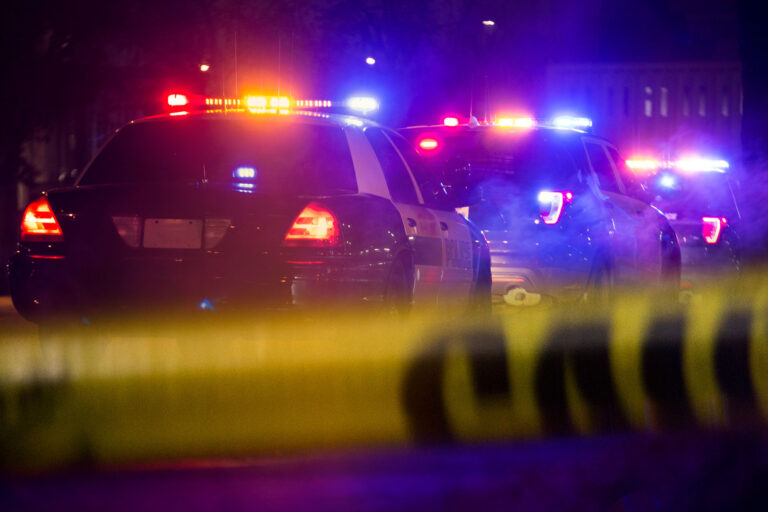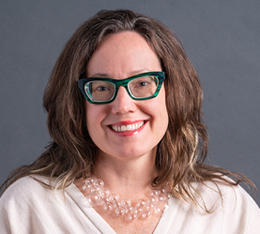An earlier version of this post appeared on May 20, 2022.
The July 4 holiday weekend brought a wave of mass shootings—typically defined as incidents that injure or kill four or more people—across the nation. In California, downtown Sacramento experienced another deadly mass shooting outside a nightclub. Reducing the prevalence of mass shootings remains a persistent challenge for the state and the nation.
According to data from the Gun Violence Archive, California experienced an average of 44 mass shootings per year between 2013 and 2021. That translates to one mass shooting every 8.3 days.
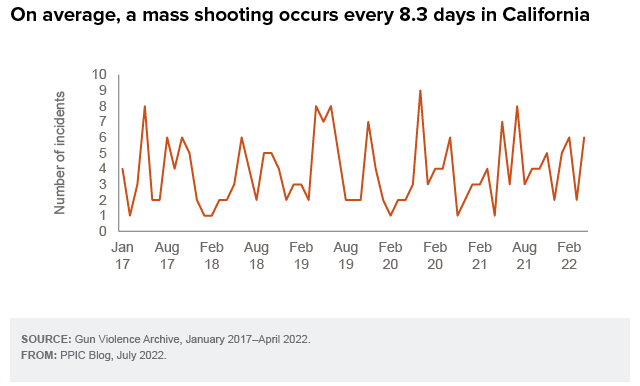
Mass shootings make up about 3% of all California homicides. Mass shooters killed an average of 49 people and injured 167 others in each of the last eight years. By comparison, more than 2,000 homicides occurred statewide in 2020.
While homicides have increased during the pandemic, mass shootings have remained stable since 2013, with some seasonal and annual fluctuations. California has experienced a mass shooting every seven to ten days each year. So far in 2022, the state has averaged one mass shooting every week.
Some incidents are deadlier than others, but about one person dies and four others are injured every time a mass shooting occurs—in California and nationally. Mass shooting data are not systematically recorded, so basic victim characteristics are often unknown. Of those killed or injured in mass shootings in California, 56% were male, 18% were female, and the gender of 26% is unknown.
Compared to citizens of other states, Californians are about 25% less likely to die in mass shootings. Between 2019 and 2021, the state’s annual mass shooting homicide rate of 1.4 per one million people was lower than the national average of 1.9.
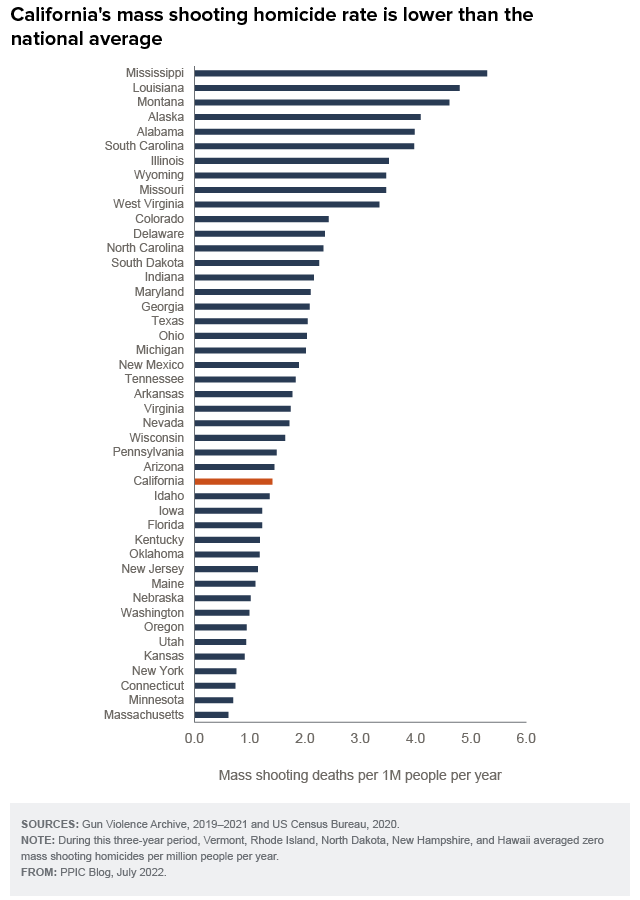
Mass shooters are overwhelming male. Of more than 400 mass shooting incidents that occurred in California between January 1, 2013, and May 15, 2022, females were implicated in just 10. Interpersonal conflicts, workplace disputes, and turbulent romantic relationships preceded most mass shooting incidents. However, racist and hate related incidents—like those in Buffalo and Laguna Woods—have been rising since 2015. About one in five mass shootings is hate related.
Preventing mass shootings presents major challenges. Proposed strategies include tighter gun restrictions and targeted interventions for would-be shooters. Recently enacted national legislation has taken steps toward both. Among other measures, the bipartisan law provides support for states to enact “red flag” laws, which create legal processes to remove guns from people exhibiting signs of violence. California already has such a law, so the state could apply the money it will receive to other promising strategies.
Though the federal law also provides funding for mental health treatment, it is difficult to identify those contemplating mass attacks and intervene appropriately. Nearly one in five mass shooters exhibited no outward signs of crisis before they acted. Still, that means four in five did send signals, such as agitation, abusive behavior, and depression. Improving community resources to address the economic, social, and emotional stressors that often underlie these behaviors could help the very few people in distress who might resort to violence—and the many who do not.
Topics
crime Criminal Justice gun laws guns Political LandscapeLearn More
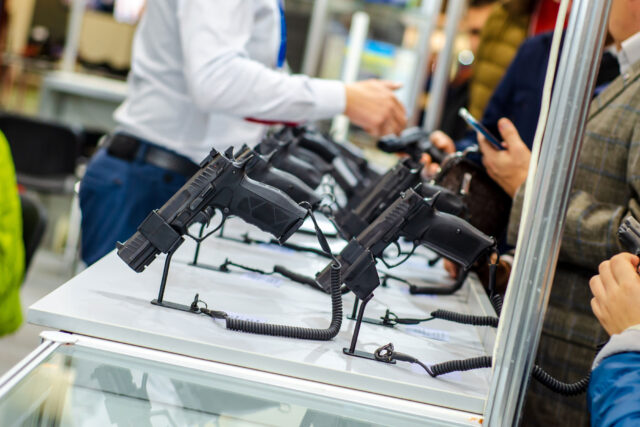
Californians Prioritize Controlling Gun Ownership
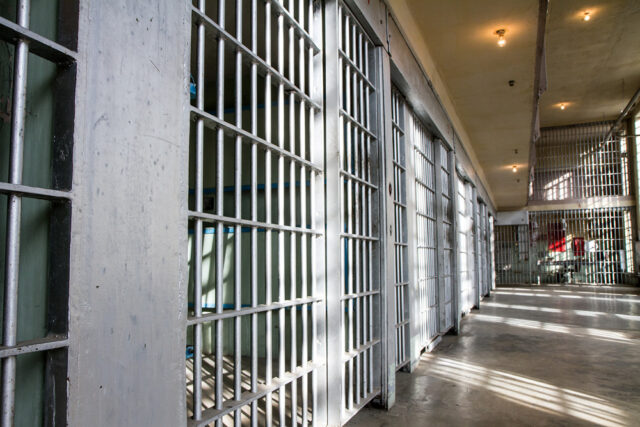
Crime Trends in California
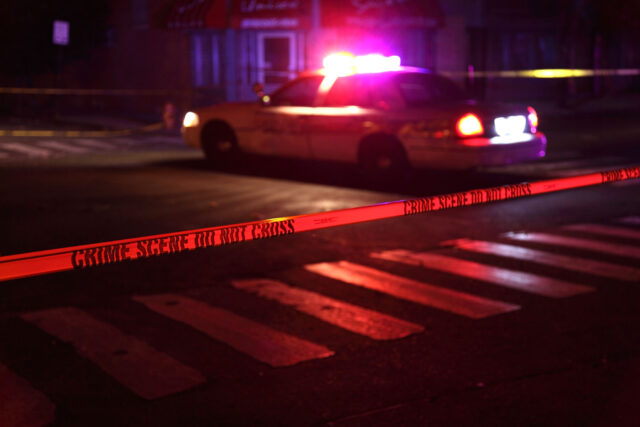
Crime Trends in Context
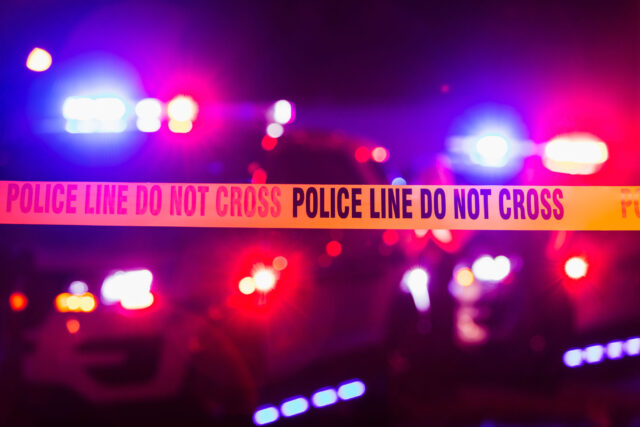
Commentary: What Do We Need to Learn about Preventing Mass Shootings?

Gun Deaths Drive California’s Largest-Ever Rise in Homicides

